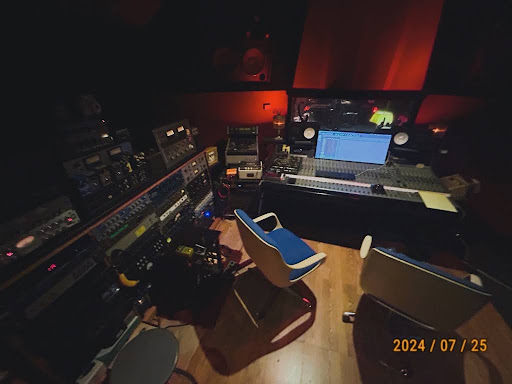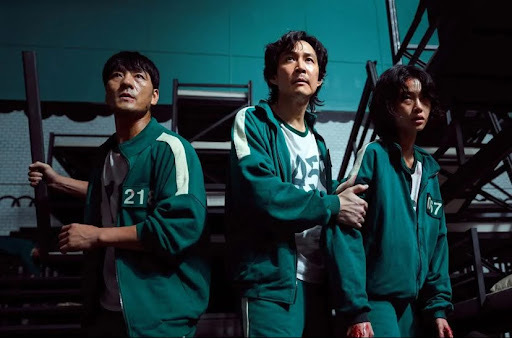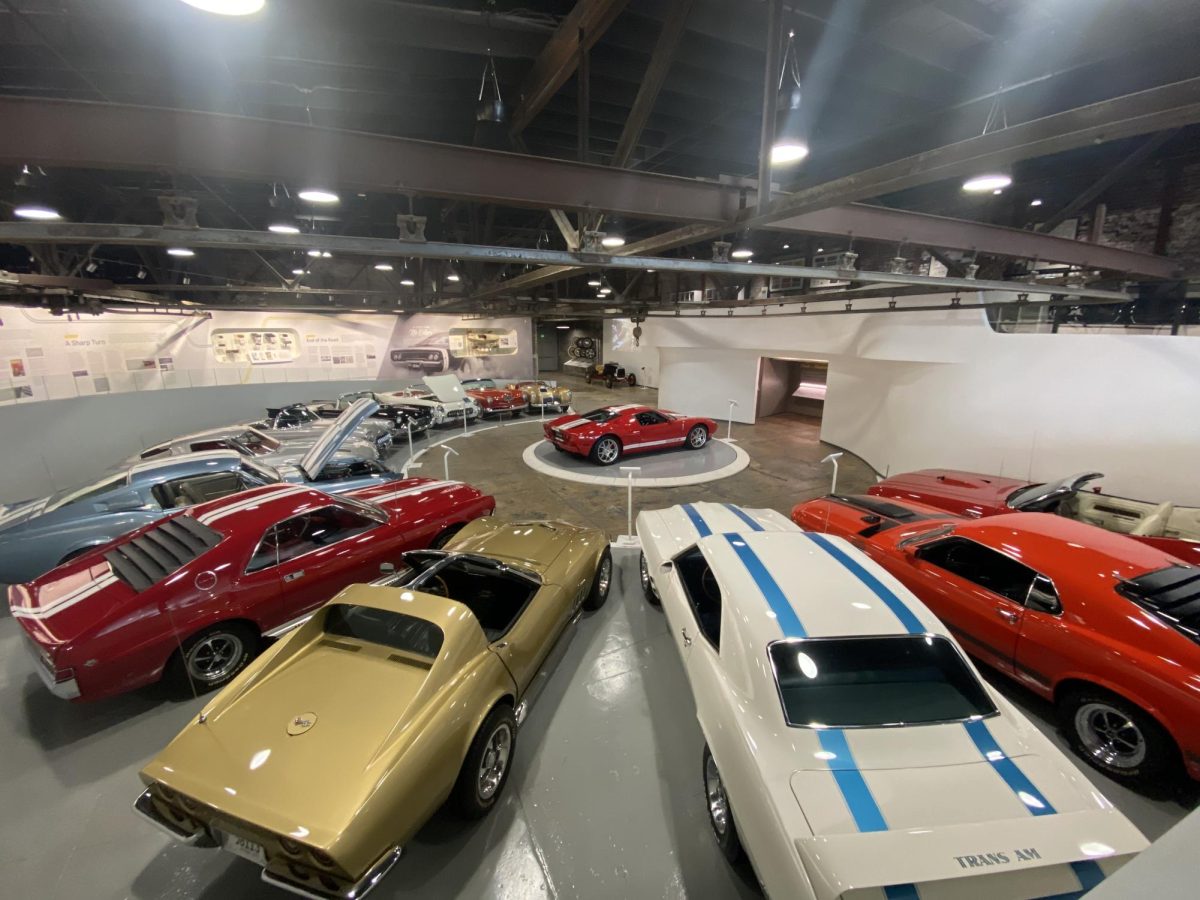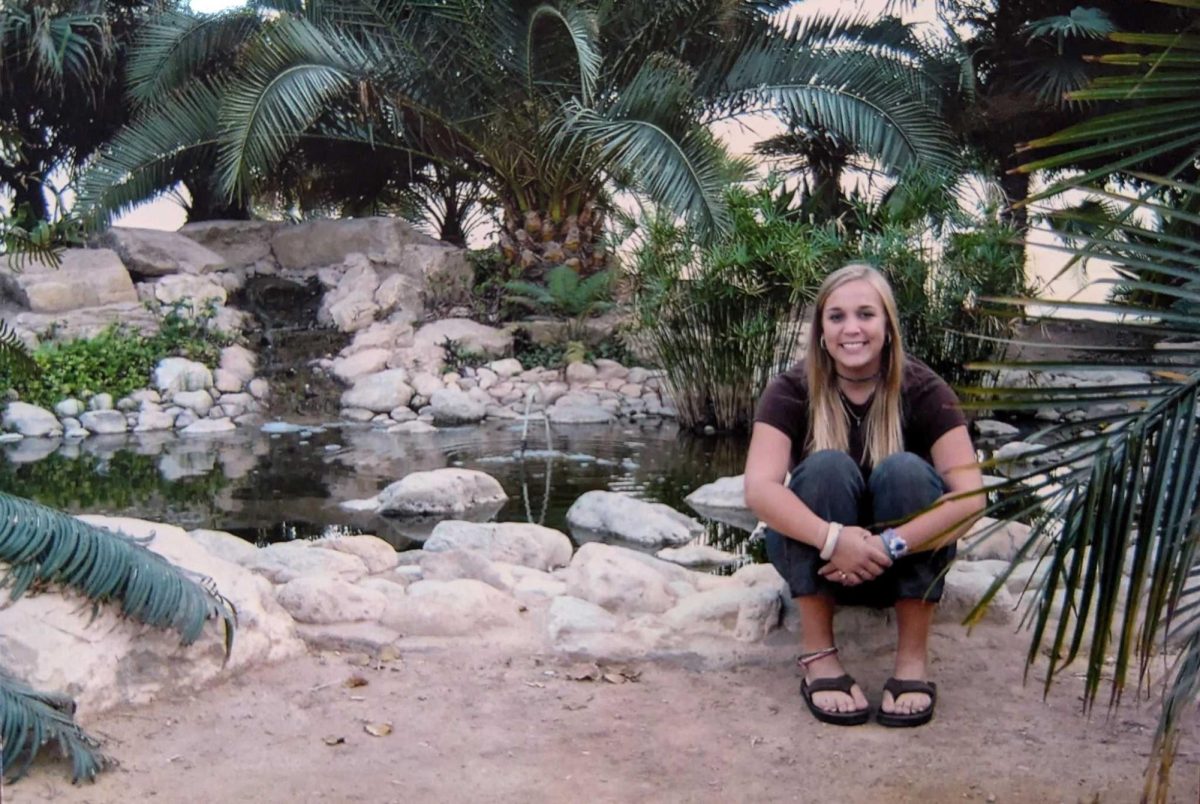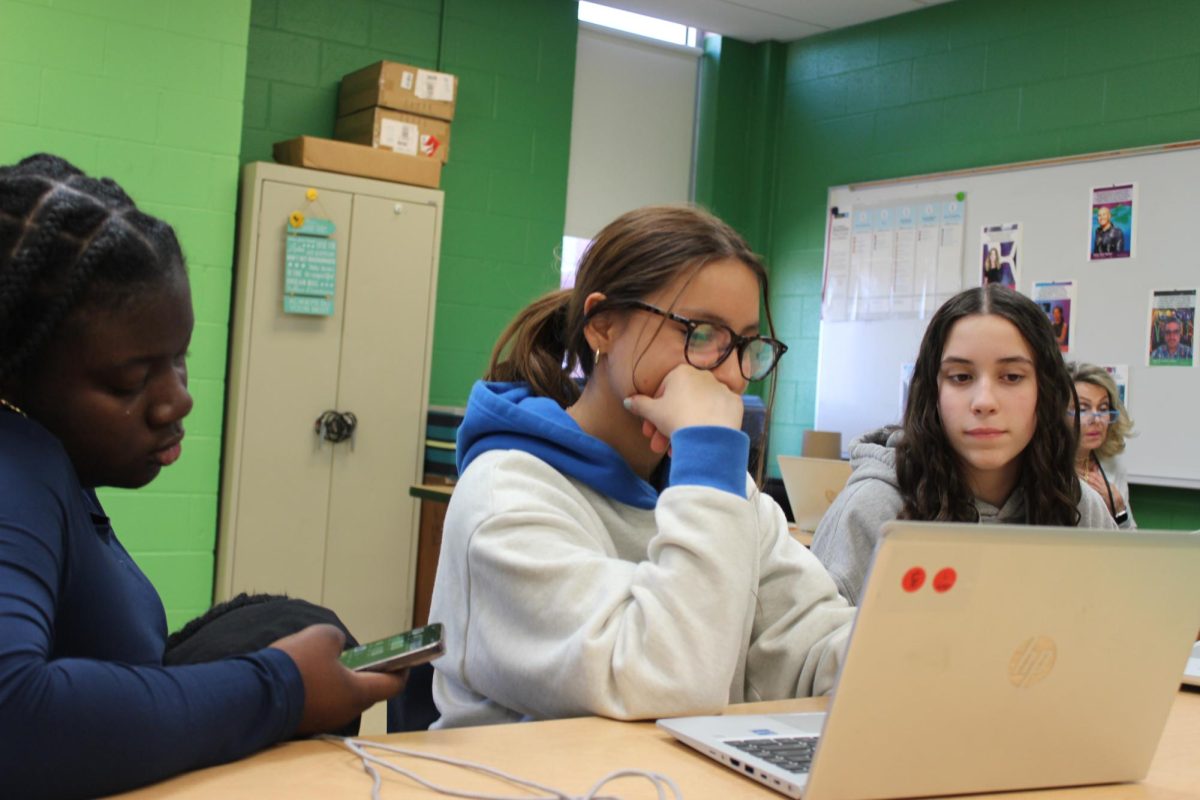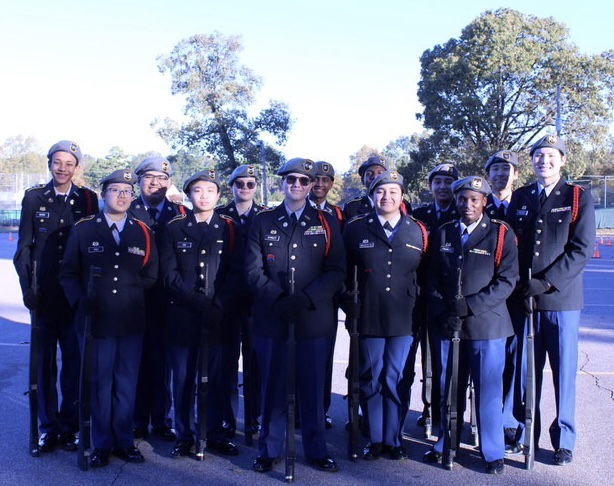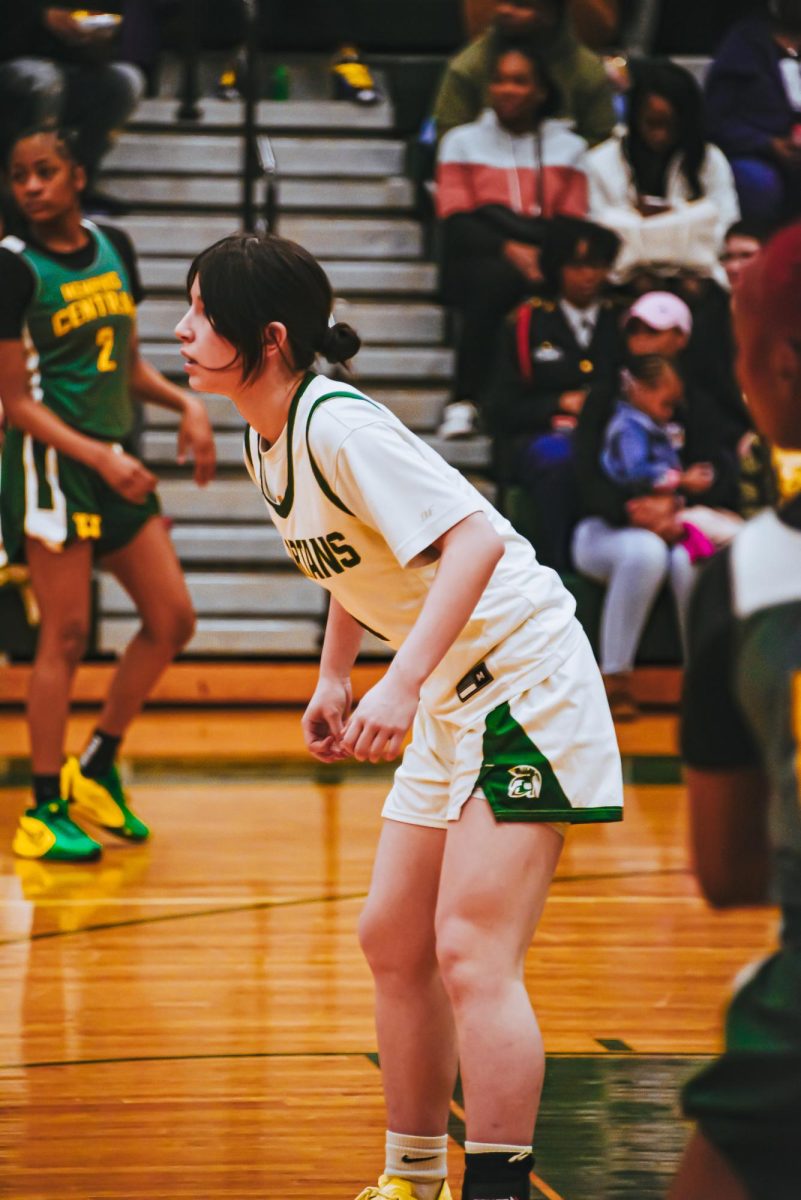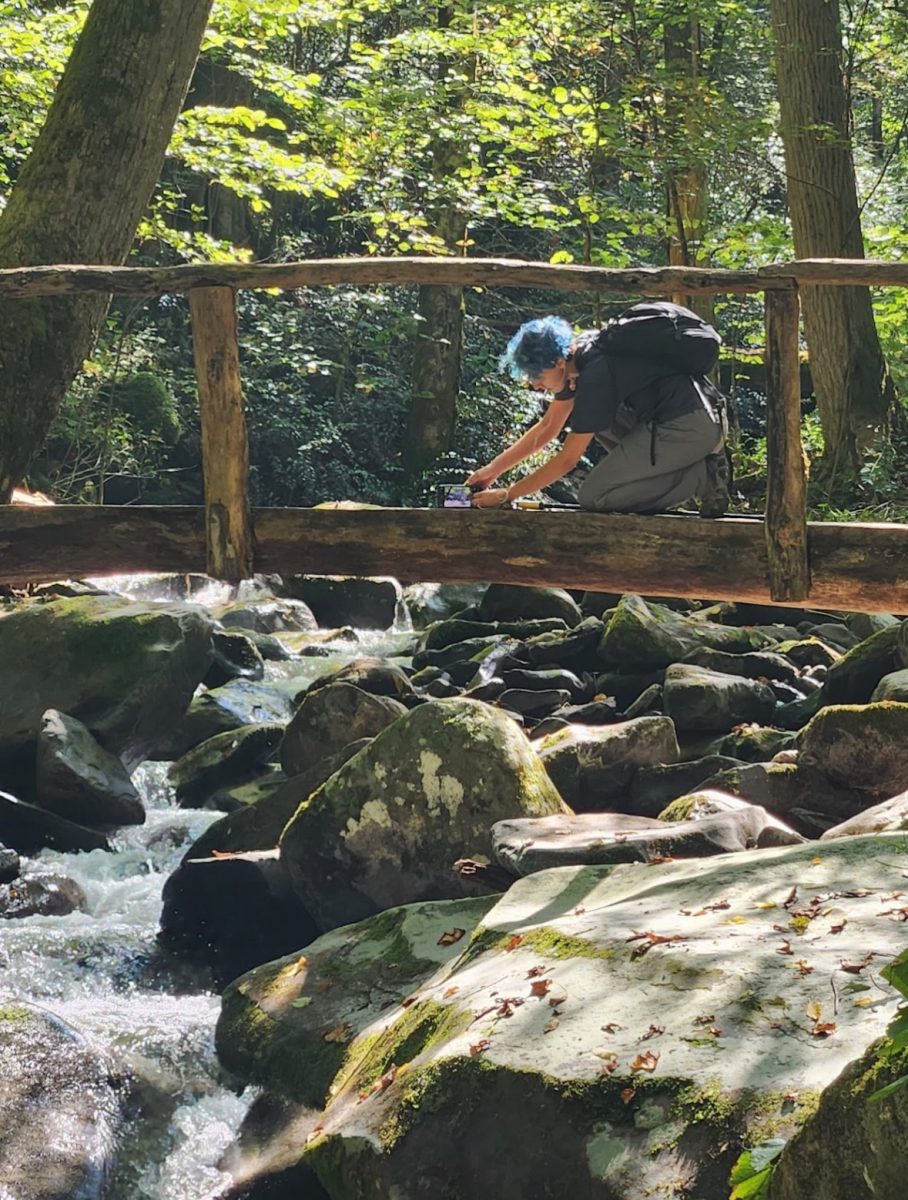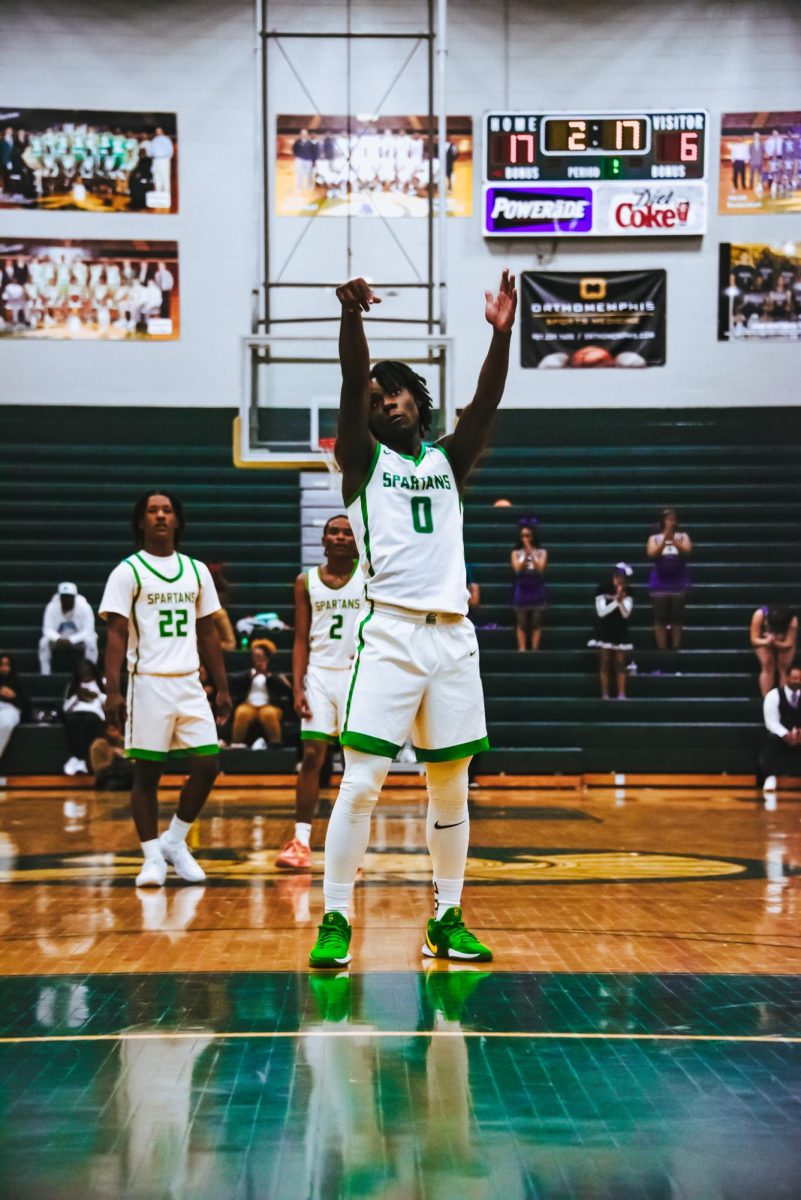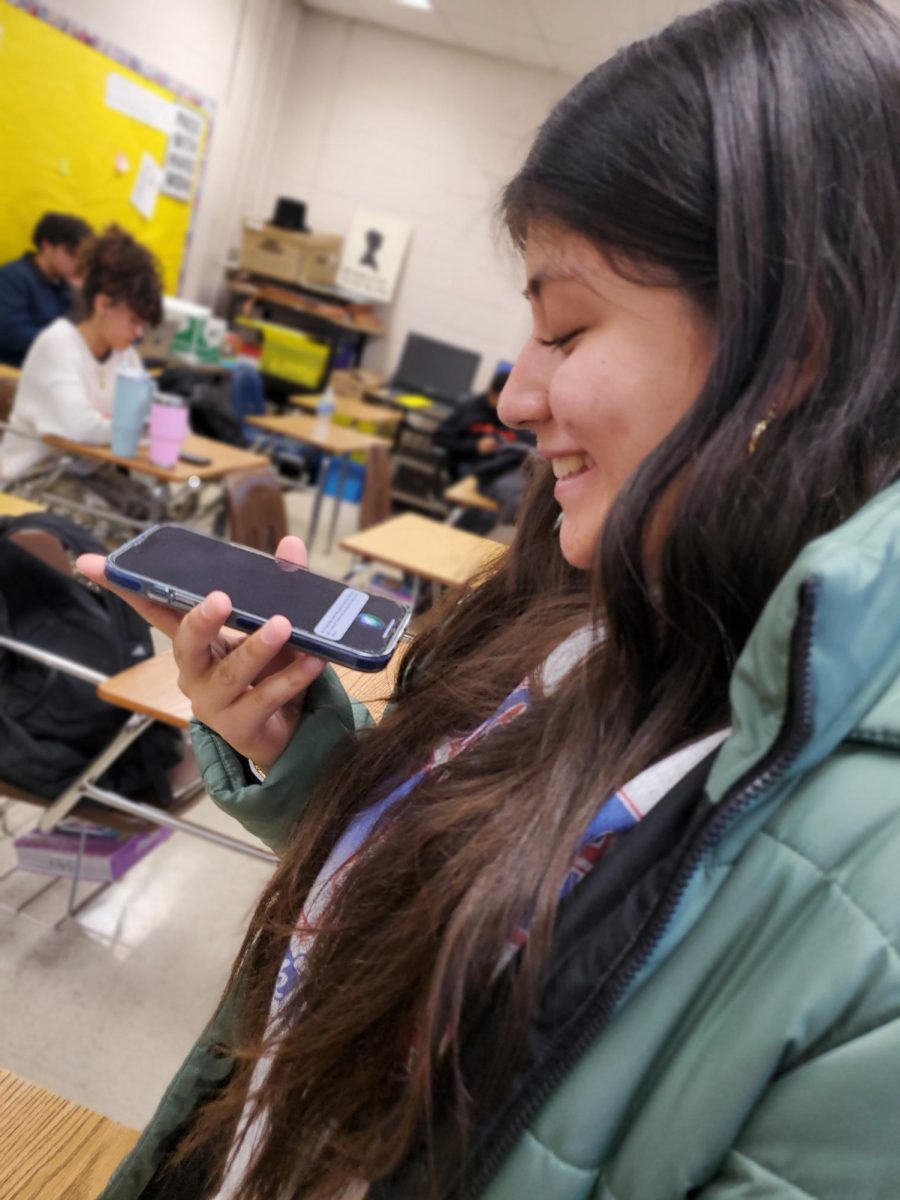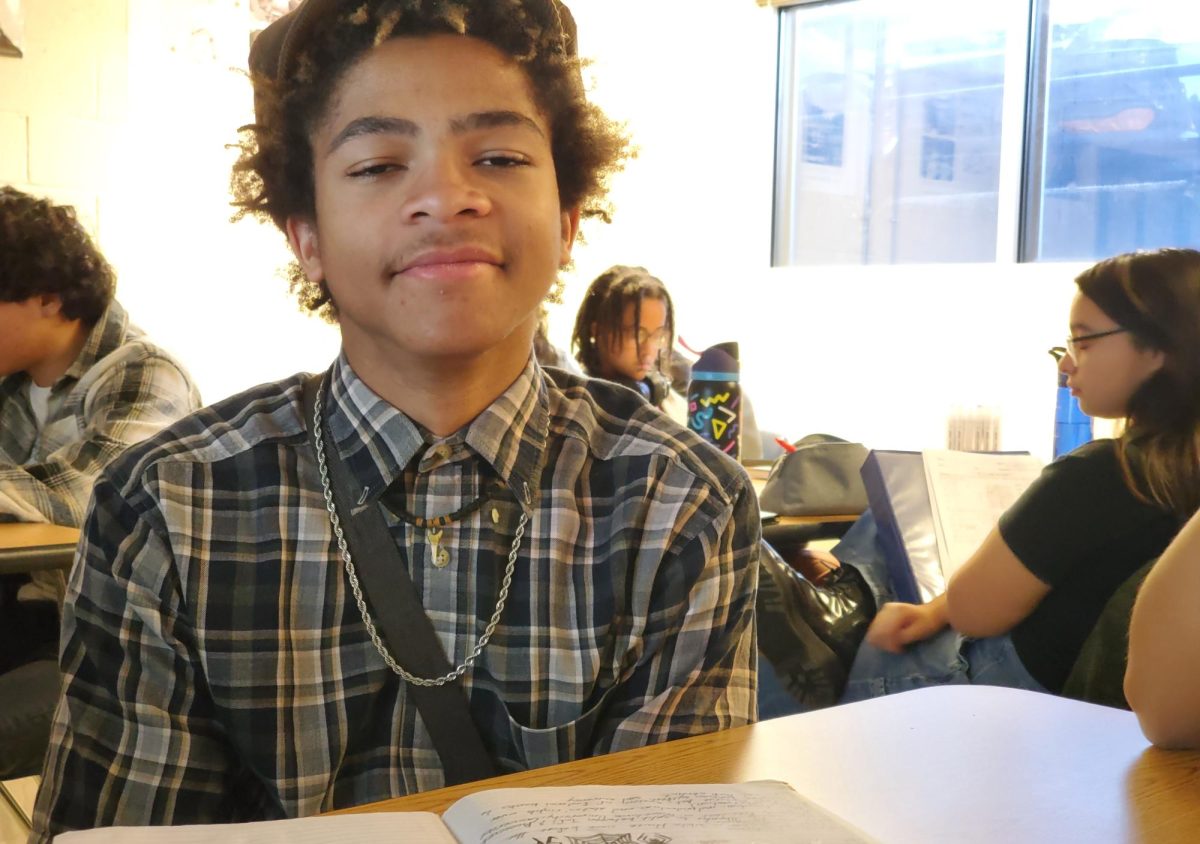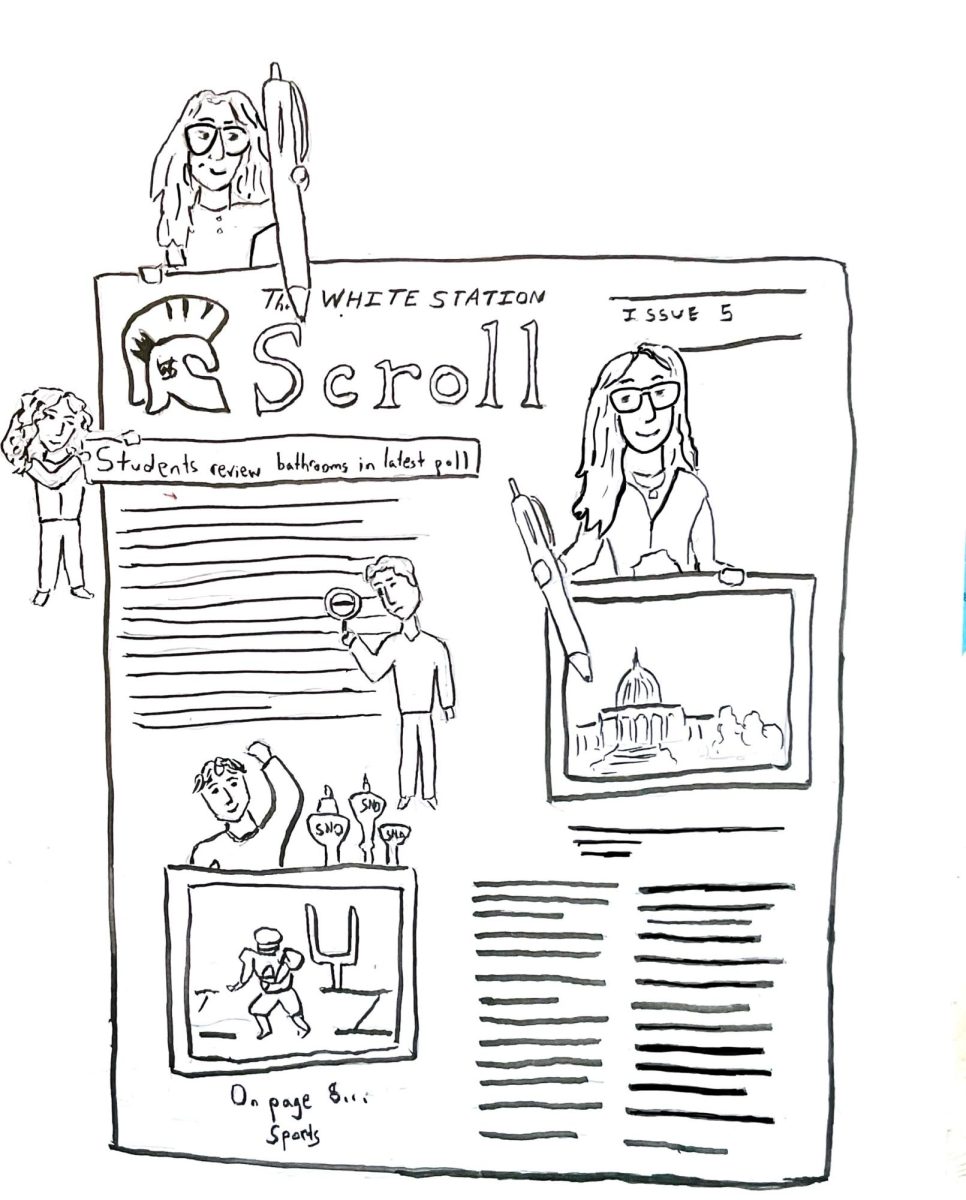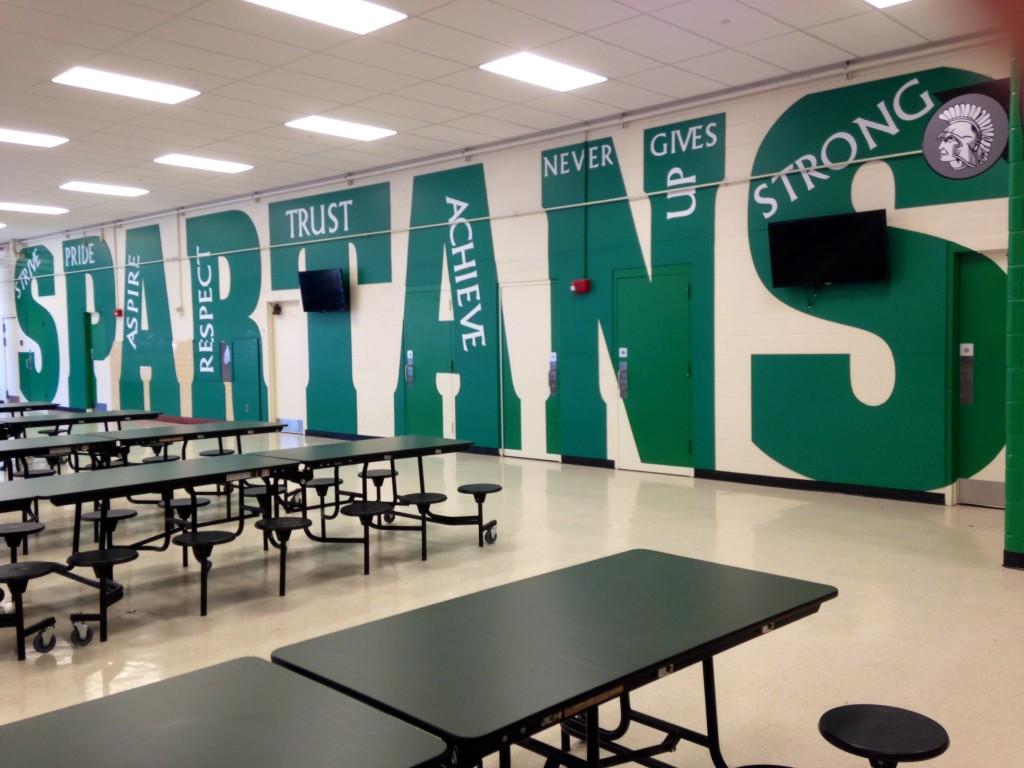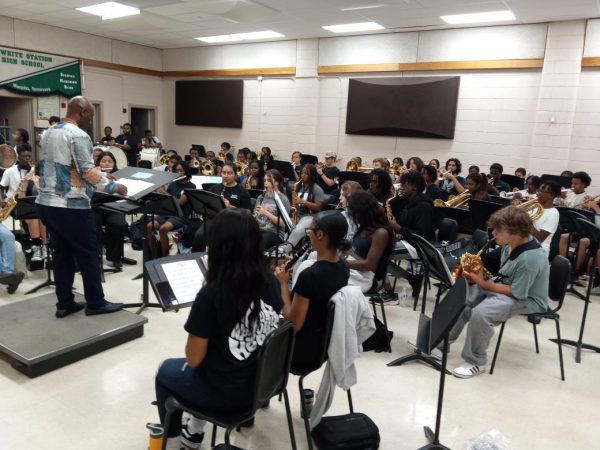Nutrition Services renovates cafeteria
Students returning to school the Monday after spring break were shocked to find a brand new cafeteria in place of its grimy, industrial predecessor.
The new cafeteria features fresh coats of maroon, green and grey paint on the walls and stage. A massive green SPARTANS logo is lettered prominently onto a wall. The columns have been painted green and decorated with Spartan lamp post signs. Two monolithic white Spartan heads flank each side of the stage.
Two flat-screen TVs have been affixed to either side of the lunch line area. Five blown-up photos line one wall, alongside positive words such as “Determination,” “Teamwork” and “Focus.” Other smaller placards and mottos have been painted or hung on to various surfaces. A massive chrome and steel “Spartan Café” takes up one corner.
The cafeteria was re-designed by the district’s Nutrition Services Department, who only informed principal David Mansfield of their intended project on the Friday before spring break began. Instructional facilitator Terry NeSmith said that construction workers came in on Wednesday, March 12 and they had finished before students returned from the week-long break on the 17th.
Student reaction was mixed. Some applauded the re-design, saying the cafeteria “looked brighter,” in the words of freshman Kristina Rodriguez. Others wondered why officials spent money on the renovation instead of something a little more practical.
The explanation is simple: money for the project came from a grant specifically earmarked for cafeteria renovation.
Other students objected to what they considered a biased selection of photos, questioning the lack of female athletes and the dominance of baseball and football over soccer, track or other sports.
“There’s no girls on the wall,” said senior Shelby Self, a four-year swimmer for the school team. “Also there’s no diversity of sports. Where’s the basketball team?”
Ebony Johnson, yearbook advisor and art teacher, explained that “the school got a grant through a company out of Nashville” to print and display the photos.
The company “only asked me for sports [photos],” Johnson said.
Johnson submitted a portfolio of fifteen shots, all taken by Johnson herself, to the company on the Friday before spring break.
Johnson made sure to include a “diverse” collection, featuring both men’s and women’s teams. “I had basketball in there – track, football, volleyball – all of them…We did not select the photos; the photos were selected,” she said.
Another puzzle is the “Spartan Grill,” a new food stand that remains empty. It was intended to serve on-the-go items such as cookies, sandwiches and snacks, but planners forgot to account for the lack of nearby electric outlets.
“They’re supposed to get the wiring working soon, but they [Nutritional Services] didn’t tell me whether it would get done by this year,” said Mansfield.
Students also wondered about the flat-screen TVs near the lunch line. Johnson explained that eventually the TVs would display the daily lunch menu. At schools with broadcast journalism programs or film clubs, they are also used to play student-produced news and video projects.
Johnson isn’t overly optimistic about these televisions’ chances of survival. “I’m just waiting for the food fight,” she said.
Students had several ideas on how the renovations could have been more practical. An informal survey revealed that students would prefer to see clocks returned to the walls. Others wanted more garbage cans, saying they would make trash disposal more convenient and clean-up easier on janitors.
“Microwaves,” sophomore Miguel Vivar-Alcalde suggested. “If they can put up TVS, why can’t they put in microwaves? I want to heat up my Hot Pockets. Don’t get me wrong; I think the renovations were a good idea…I just think it should be better utilized.”
Your donation will support the student journalists of White Station High School. Your contribution will allow us to purchase equipment and cover our annual website hosting costs.



